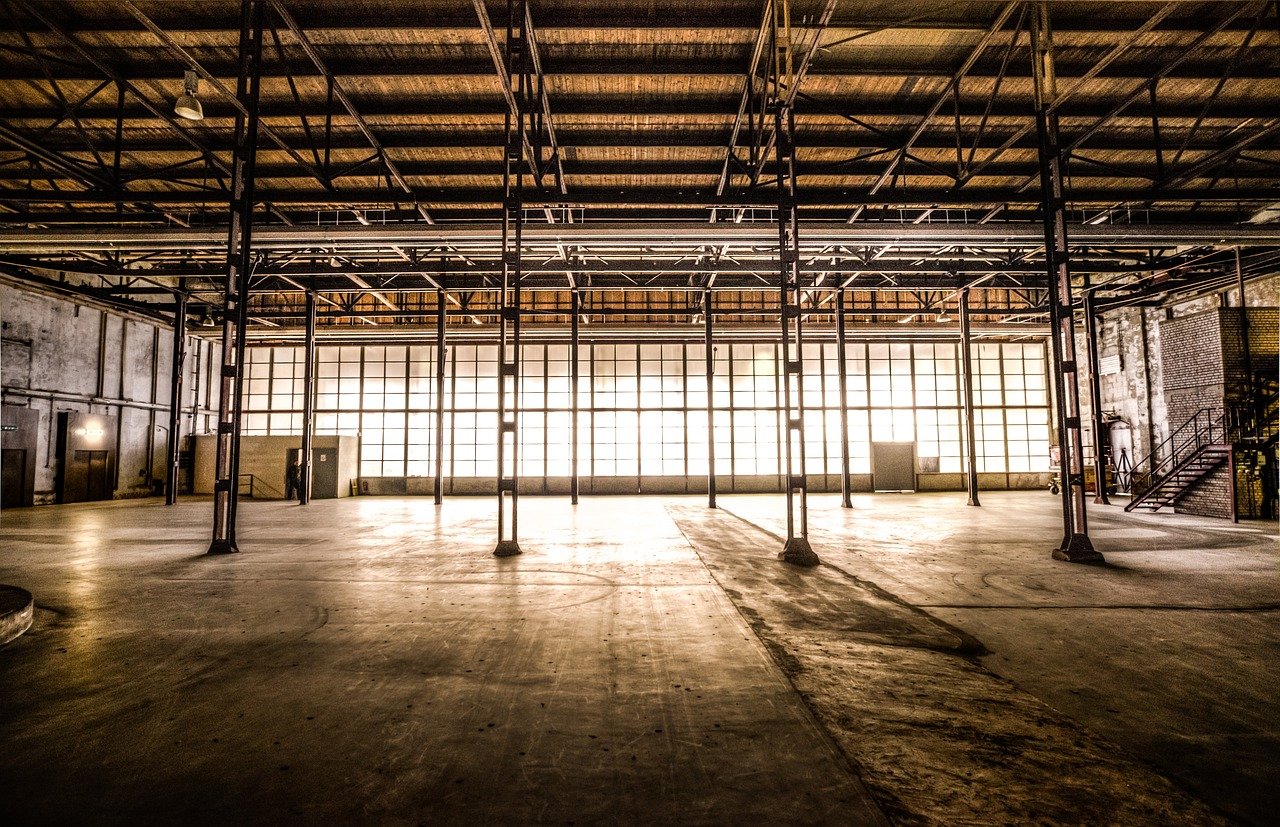Horizontal balers are a type of waste management equipment that can help businesses reduce waste and save money for your manufacturing business. These machines are capable of compressing large volumes of material into smaller, more manageable bales. With the help of horizontal balers, businesses can reduce the amount of space needed to store materials, as well as reduce labor costs associated with manual handling and transportation.
Additionally, baling materials can help businesses increase revenue by providing them with a source for recyclable materials which can be sold for profit. Horizontal balers are becoming increasingly popular in modern businesses due to their ability to compress large volumes of material into smaller bales while also helping companies become more environmentally friendly by reducing their overall waste output.
Table of Contents
How a Horizontal Baler Can Improve Your Waste Management Processes
A horizontal baler is a powerful tool for waste management equipment that can help businesses reduce their waste costs and improve their waste management processes. It works by compressing large amounts of material into smaller bales that can be stored and transported easily. This allows businesses to reduce the amount of space they need to store their waste and also reduces the amount of time it takes to transport it.
The use of a horizontal baler also helps businesses save money on fuel costs, as they can make fewer trips when transporting their waste. Furthermore, these machines are designed to reduce the risk of injury or damage caused by manual handling, making them an ideal choice for businesses looking to streamline their waste management processes.
What are the Different Types of Horizontal Balers You Can Choose From?
There are a few different types of horizontal balers, and each has its own set of advantages and drawbacks. Some of the most typical examples are as follows:
- The conveyor belt used in automatic horizontal balers is a defining feature that enables the machine to feed materials into the baling chamber without operator intervention. Large recycling facilities usually hire them due to the high volume of recyclables that must be processed quickly and efficiently. They might be able to handle a lot of data at once, which would boost efficiency and save costs associated with manpower.
- The second type of horizontal baler is the semi-automatic variety, which still employs a conveyor belt to carry the material into the compression chamber but requires manual feeding. Smaller-scale recycling businesses that process fewer materials often make use of these machines. They could be a cost-effective option for small organizations that need to maximize productivity on a shoestring budget.
- Thirdly, manual horizontal balers are those that require human intervention for both feeding and compression. These balers call for hand feeding and compression of the material. They are often used in less extensive recycling projects or in places with limited access to electrical power. They can be used in remote places with limited access to conventional electricity sources and are a more cost-effective option for tiny businesses.
Selecting the Best Horizontal Baler to Fit Your Needs
Horizontal balers are a great way to reduce the amount of waste produced and make the process of recycling easier. When selecting the best horizontal baler for your needs, there are several factors to consider. These include size, capacity, power source, and type of material that will be baled. You also need to consider how often you plan on using it and how much space you have available for installation. By taking all these factors into account, you can find the perfect horizontal baler for your needs.
How to Properly Maintain Your Horizontal Baler for Maximum Efficiency & Safety?
Horizontal balers are easy to use and care for. The degree of specialized knowledge required to operate them is usually relatively low, and they have simple controls. Their low number of moving parts means they last longer and require less upkeep than competing recycling technologies. This has the potential to lessen the need for maintenance, which in turn will cut costs and downtime.
Another benefit offered by horizontal balers is the possibility of increasing the density of recyclable materials. This can lessen the time and effort spent accumulating the materials and transporting them to a recycling center by reducing the number of visits required. Increasing productivity while decreasing costs: that’s the hope here.










